Beautiful gold jewellery crafted during Queen Nefertiti’s reign has been rediscovered inside two Bronze Age tombs concealed in Cyprus for 3,000 years.
A pure gold pendant in the shape of a lotus flower with inlaid gemstones was discovered, identical to the jewellery worn by the Eighteenth Dynasty’s queen. The pendant is one of the hundreds of magnificent burial goods found from the Mediterranean region, including gemstones, ceramics, and jewels.
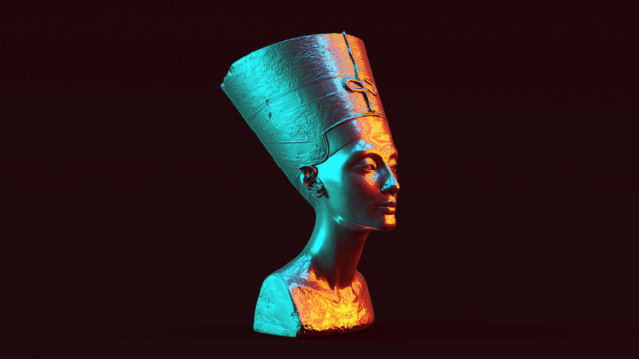
According to archaeologists, this discovery and other ornaments tell the legacy of Cyprus’s great trading with Egypt. The tomb is one of two uncovered on the small Mediterranean island in 2018; researchers from the University of Gothenburg are stunned by the discoveries inside.
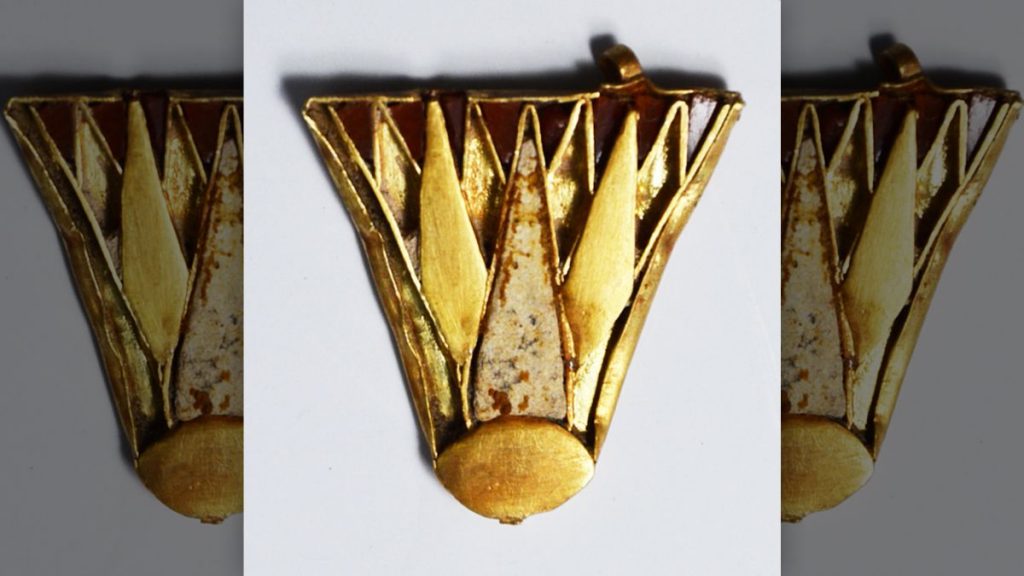
In addition to the magnificent jewellery, investigators uncovered 155 individual remains and a treasure trove containing 500 artefacts inside the two tombs.
Both structures were used from 1500 to 1350 BC, and skeletons and burial artefacts were also discovered. One of the corpses belonged to a five-year-old child who was most likely from a rich family and was buried with a gold necklace, gold earrings and a gold tiara.
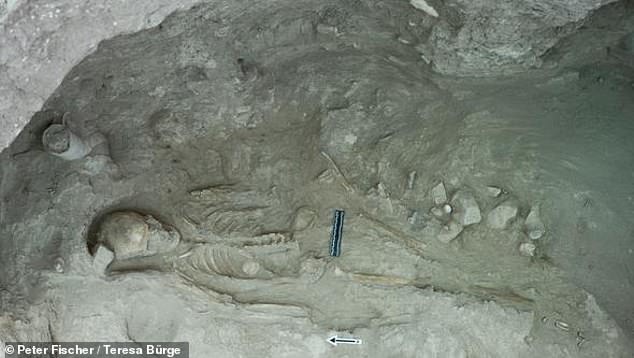
“The finds indicate that these are family tombs for the ruling elite in the city,” excavation leader Peter Fischer, professor emeritus of historical studies at the University of Gothenburg in Sweden, said in a statement.
The crew has been working at the site since 2010, but the two graves were uncovered only three years ago.
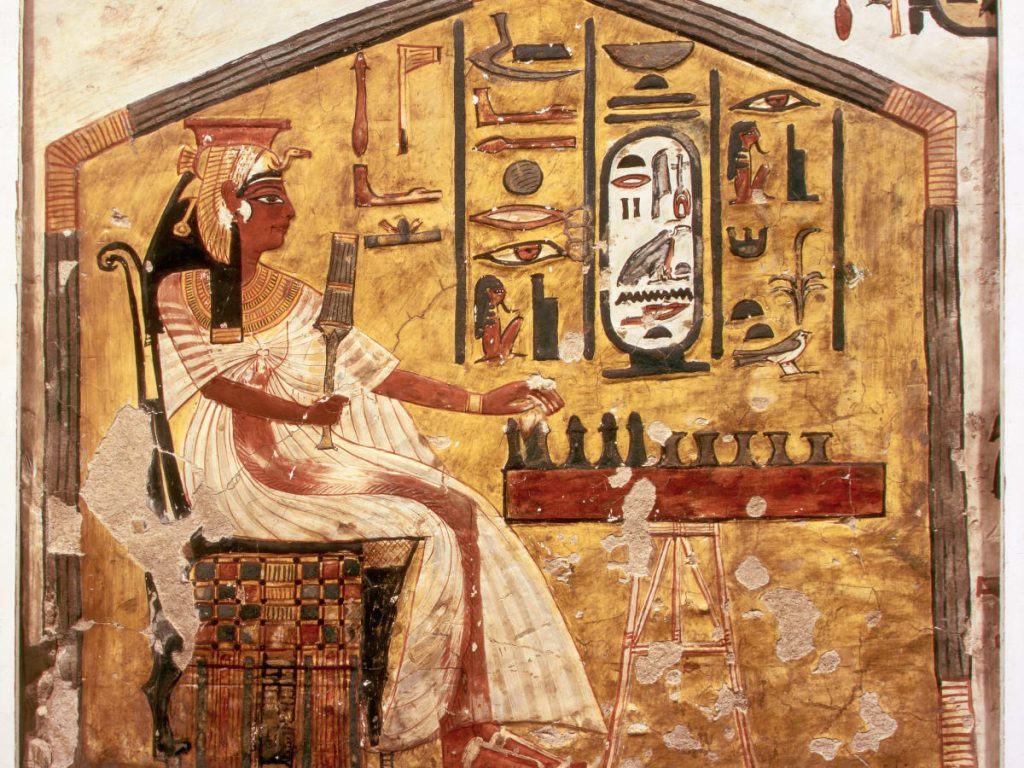
“Managing the finds required very delicate work spanning over four years since the bones were extremely fragile after more than 3,000 years in the salty soil,” the archaeologists said.
The researchers discovered hundreds of skeletons and treasures after examining the remains. One particularly significant discovery is a cylinder-shaped hematite seal with a cuneiform inscription from Mesopotamia (modern-day Iraq) that archaeologists could decipher.
“The text consists of three lines and mentions three names. One is Amurru, a god worshipped in Mesopotamia. The other two are historical kings, father and son, who we recently succeeded in tracking down in other texts on clay tablets from the same period, i.e. the 18th century BC,” Fischer said.
We are currently trying to determine why the seal ended up in Cyprus more than 1000 kilometres from where it was made,” he said.
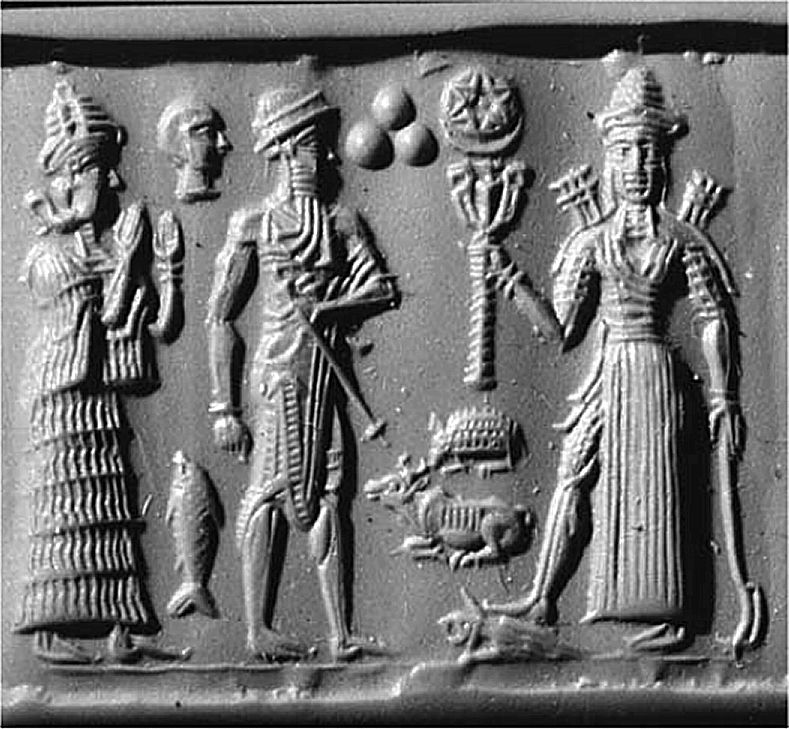
The remnants of fish imported from the Nile Valley and gold jewellery and beetle-shaped amulets with hieroglyphs convey the narrative of the intense trade with Egypt. Archaeologists were also able to ascertain the history of the jewellery by comparing it to similar findings from Egypt.
“The comparisons show that most of the objects are from the time of Nefertiti and her husband Echnaton around 1350 BCE. Like a gold pendant, we found: a lotus flower with inlaid gemstones. Nefertiti wore similar jewellery,” Fischer said.
The DNA of the skeletons will be analysed as the next step in this incredible feat, according to Fischer.
“This will reveal how the different individuals are related with each other and if there are immigrants from other cultures, which isn’t unlikely considering the vast trade networks,” he mentioned.


